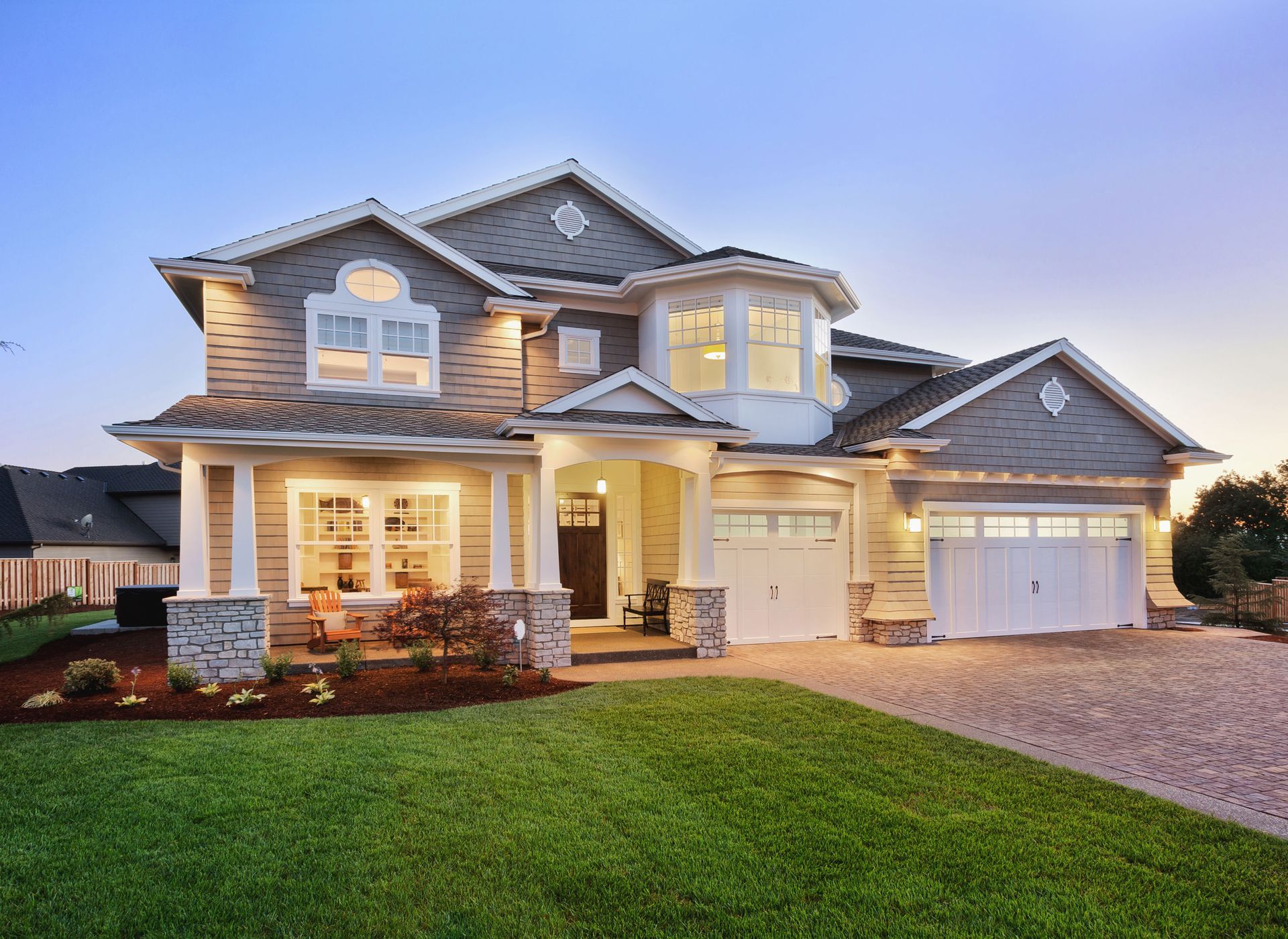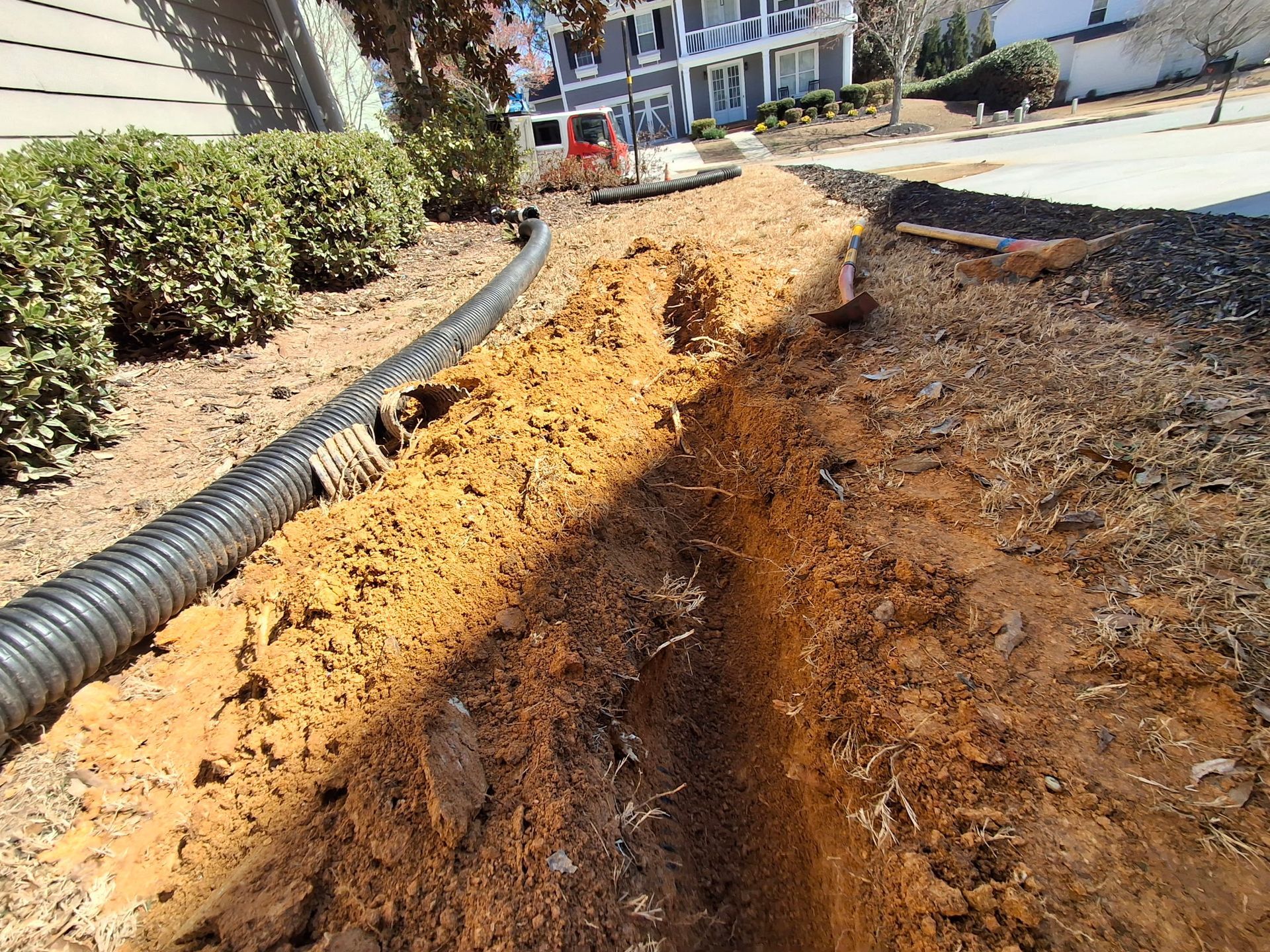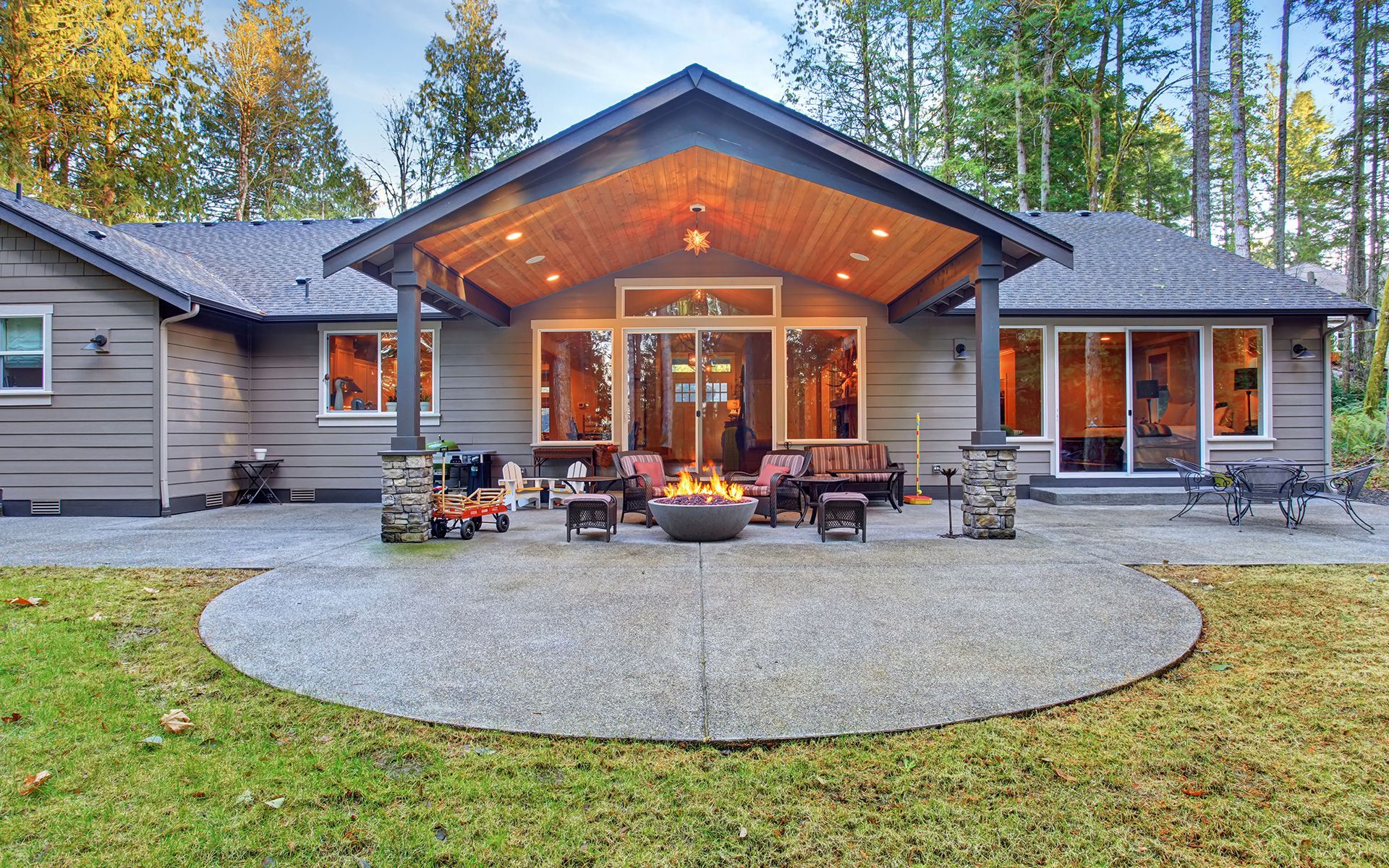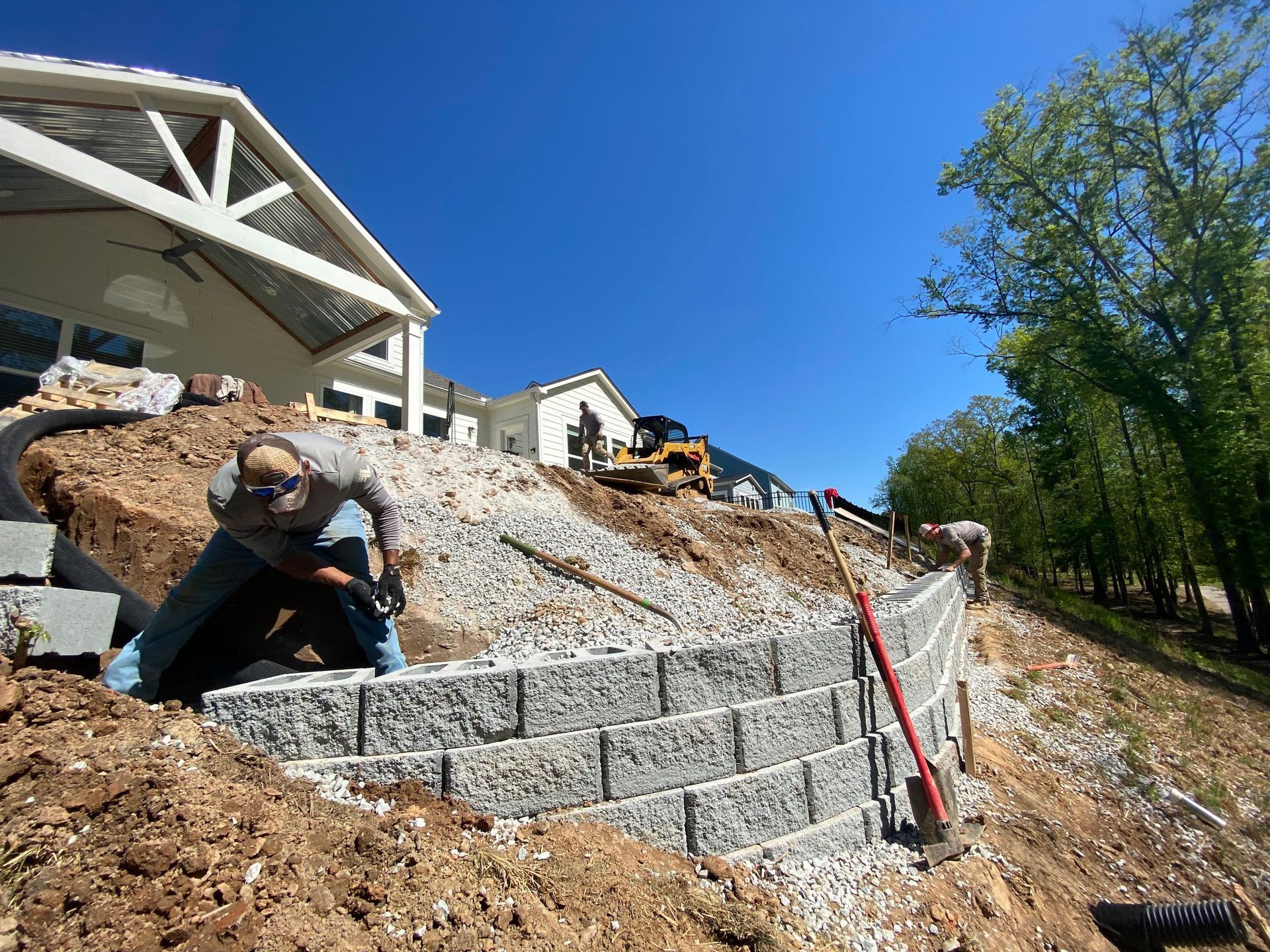5 Ways Local Landscaping Provides a High Return Investment
When homeowners think about increasing the value of their property, their minds often go straight to kitchen remodels or bathroom upgrades. While interior improvements are important, there’s another investment that not only boosts curb appeal but also provides one of the highest returns on investment (ROI) when it comes time to sell: local landscaping.
Landscaping is more than planting a few shrubs and laying down some mulch. Thoughtful, well-maintained outdoor spaces dramatically influence a buyer’s first impression, create usable outdoor living areas, and enhance the overall aesthetic of a property. In many cases, the investment in quality landscaping pays off more than expected.
In this blog, we’ll explore five specific ways local landscaping provides a high ROI and how you can maximize your property’s value without overspending. Whether you're planning to sell your home or simply want to enjoy a beautiful yard that adds value, this guide will help you see why landscaping is an investment worth making.
1. Enhances Curb Appeal and First Impressions
The first thing a potential buyer sees when they arrive at a property is the yard. If the landscaping is well-maintained, vibrant, and cohesive with the home’s exterior, it instantly makes the property more inviting.
Curb appeal isn't just a buzzword—it’s a major factor in real estate. Studies show that homes with high curb appeal sell for an average of 7% more than similar houses with uninviting exteriors. Why? Because a well-landscaped front yard signals that the homeowner takes pride in their property. It sets a positive tone before the buyer even steps inside.
Simple enhancements such as manicured lawns, pruned trees, seasonal flowers, and well-defined pathways can completely transform a home’s appearance. But the key is to focus on local landscaping elements—plants and design styles that align with your region’s climate, soil, and native vegetation. Local experts know what thrives in your area and how to create sustainable, low-maintenance beauty that lasts.
Whether you’re adding a fresh layer of mulch, updating the walkway, or planting perennial beds, curb appeal upgrades deliver strong financial returns and help your home stand out in competitive markets.
2. Expands Usable Living Space Outdoors
One of the most appealing aspects of landscaping is its ability to create functional outdoor living spaces. Patios, decks, fire pits, garden nooks, or even outdoor kitchens are highly sought-after features for modern homeowners—and all of these are enhanced by thoughtful landscaping.
Think of landscaping as an extension of your home’s footprint. A well-designed yard allows you to host gatherings, relax in solitude, dine outdoors, and enjoy the natural environment without leaving your property. It’s especially valuable in regions with mild climates where people can comfortably use these outdoor areas for much of the year.
Adding value through outdoor living spaces doesn’t always mean large renovations. Even small additions like a gravel seating area surrounded by flowering plants or a pergola draped in vines can drastically increase appeal. What’s important is tailoring your design to the preferences of buyers in your area—and again, this is where local landscaping specialists come in. They can ensure your outdoor space aligns with regional styles, functional needs, and ecological conditions.
By improving the quality and usability of your outdoor areas, you're not just beautifying your space—you're giving future buyers another reason to fall in love with your home.
3. Offers One of the Highest ROIs in Home Improvement
If you're looking for a project with measurable returns, look no further than your lawn and garden. According to This Old House, as of 2023, standard lawn care and landscape maintenance provide the highest return on investment among outdoor remodeling projects when selling a home. That’s right—even basic upkeep like mowing, fertilizing, pruning, and planting can yield major financial benefits.
In fact, landscape upgrades can offer an ROI of up to 150% depending on the scope and quality of the project. Compare that to a kitchen remodel, which often yields around 70–80% ROI, and it becomes clear that local landscaping is not just about aesthetics—it’s a financially smart strategy.
What makes this ROI so impressive is the relatively low cost of entry. While a major renovation project might require tens of thousands of dollars, landscaping improvements can be done gradually and affordably. A tidy lawn, some fresh mulch, trimmed bushes, and a few colorful perennials can make a significant impact without draining your budget.
To maximize ROI, focus on universal appeal: symmetry, cleanliness, low-maintenance plants, and functional spaces. Avoid overly personal or trendy choices that might turn off buyers down the road.
4. Improves Energy Efficiency and Environmental Impact
Strategic landscaping can do more than make your yard look good—it can reduce your utility bills and environmental footprint, both of which appeal to modern buyers. The way you position trees, shrubs, and other plantings can influence your home’s internal temperature and energy consumption.
For example, planting deciduous trees on the south or west side of your house provides shade in the summer, keeping your interior cooler and reducing air conditioning costs. In the winter, when those trees lose their leaves, sunlight can reach and warm your home. Evergreen trees placed on the north side can act as windbreaks, lowering heating needs.
Incorporating native plants and drought-resistant vegetation minimizes the need for irrigation and chemical treatments, reducing water usage and making your yard more environmentally sustainable. These features are increasingly popular among buyers who are conscious of climate impact and long-term costs.
By investing in an eco-friendly landscape, you’re not only contributing to the environment—you’re also creating a selling point that can attract a broader, more sustainability-minded pool of buyers.
5. Reduces Ongoing Maintenance Costs for Future Buyers
One often overlooked benefit of well-planned landscaping is how much time and money it can save future homeowners. Buyers today value low-maintenance homes—inside and out—and your landscape can either be a selling point or a red flag, depending on how it’s designed.
Local landscaping done right uses native plants that naturally thrive without constant watering, pruning, or pest control. It avoids invasive species, high-maintenance grass types, or ornamental features that require frequent upkeep. It also incorporates smart irrigation systems and practical layouts that simplify regular care.
The more you minimize long-term maintenance, the more attractive your property becomes. Homebuyers don’t want to spend every weekend pulling weeds or battling dead patches of grass. Instead, they want a yard that looks great with minimal effort—and they’ll often pay more for that convenience.
Additionally, investing in durable, weather-resistant materials for patios, walkways, and fencing means less need for future repairs. It’s another way your landscaping efforts provide financial value beyond the initial investment.
By showing prospective buyers that they won’t be saddled with a high-maintenance yard, you make your home a more appealing and marketable choice.
When it comes to boosting property value, few improvements offer the versatility, appeal, and ROI of local landscaping. Whether you’re improving curb appeal, adding usable outdoor space, saving on energy bills, or creating a low-maintenance environment, landscaping delivers both aesthetic beauty and financial benefit.
So, before you pour your entire home improvement budget into indoor renovations, take a walk around your yard. With the right strategy and a focus on local landscaping, you can boost your home’s value, impress potential buyers, and enjoy a beautiful outdoor environment for years to come.
Ready to boost your home’s value with expert care and design? Contact Fischer Landscaping today to discover how our local landscaping services can transform your outdoor space and deliver lasting return on investment.





Share On: